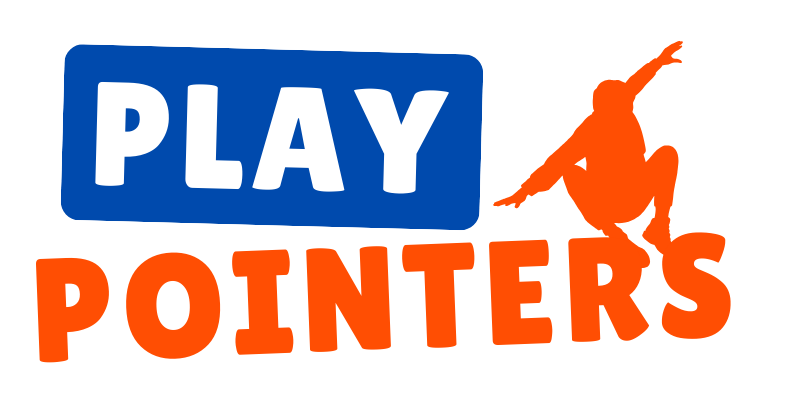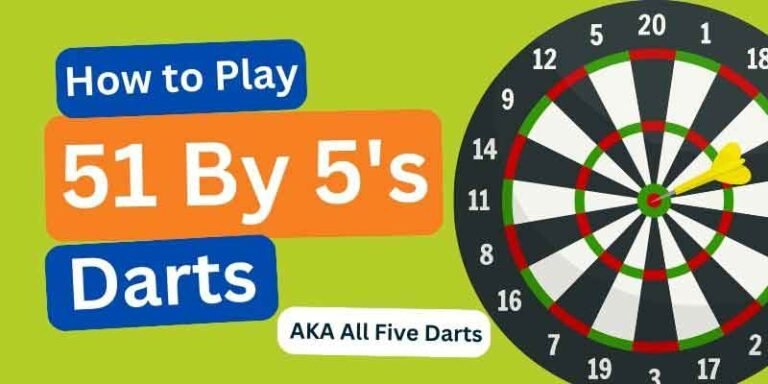How to Play Around the Clock Darts? (Around the World)

Key Takeaways
- Around the clock darts is also known as around the world darts
- The objective: To be the first player to hit all the numbers, from 1-20, then the bullseye
- No score is kept, players move on to the next number after hitting the current one
- Every part of the number segment counts as a hit
- Around the clock is ideal for beginners and large groups, but is a fun game at any level
What is Around the Clock in Darts?
Around the clock darts, or around the world as it is also known as, is a very simple and easy to understand darts game.
Players move around the dartboard, from one numbered target to the next, hitting every number on the dartboard in sequential order.
It is a classic race to the finish style game.
What Is the Objective of Around the Clock Darts?
The aim of the game is to be the first player to hit every number on the board, 1 through 20 in ascending order, followed by the bullseye.
The first to do so is the winner of the game.
How to Play Around the Clock Darts? (Around the World Darts)
The rules of the darts game are extremely plain and easy for even the newest of players to pick up.
So how do you play the darts game around the clock?
- Players have three darts per round
- The game starts at number 1 and each player takes turns to throw their three darts
- Each number from 1 to 20 must be hit in numerical order, followed by the bullseye
- The first player to complete the game is the winner
- Every part of each number segment is in play during the game
- If a player hits their number during their turn, they move on to the next number with their remaining darts
- If the number is hit on the third dart, players must wait until their turn comes around again.
How to Score Around the Clock Darts?
There is no actual scoring in around the world darts, like in other darts game you may be used to playing. Instead, players just need to track where they are in the game, i.e. what number they are on.
To score around the clock:
- Place the numbers 1 – 20 in ascending order, plus the bullseye down the left-hand side of the scoreboard
- Write the names of the players across the top
- Mark off each number hit by the player by place a dash in the corresponding box

How to Manage Tiebreakers in Around the Clock Darts?
From time to time, you may end up in a game where two players get to the bullseye at the same time.
If both players manage to hit the bull, then a tiebreaker is needed:
- Players take it in turns to throw for the bullseye
- The tiebreaker continues until one player hits the bull, and the other player misses during the same round
Variations of the game
Around the clock is a very popular practice game among players, so as such there are lots of variations to the game. It also helps that the rules are as straight forward as they, because it means they are easily adapted and changed.
For experienced players, the game can tend to be fairly easy, which puts many off playing it. And if playing against beginners, the gulf in skill levels is not very fun for either side.
The Shanghai darts game is one of the most popular variations, however there are different ways you can switch this game up.
Introducing handicaps
Placing limits on the advanced players can make it far more interesting, and some options are:
- Advanced players have to finish the game with a predetermined number of darts
- Only doubles and triples count before the player can move forward in the game
- Only allow the small segment of the number to be a valid hit
- Advanced players have to shanghai the number (hit a single, double and triple with three darts)
Playing Solo
So the game is better played with large numbers, at least 3 or 4 other players, in my opinion. However, it can be played on your own, though it may not be as much fun. But it is great practice.
I mentioned above how one variation can include the skilled players having to complete the game within a number of darts. Well, if you do practice alone, you can also use the number of darts as a yardstick of your own improvement.
- Count the number of darts it takes you to go around the board
- Try to beat this each time and make a note of your personal best






